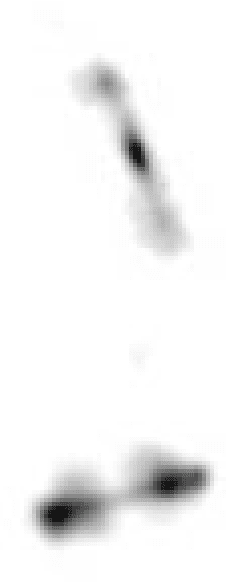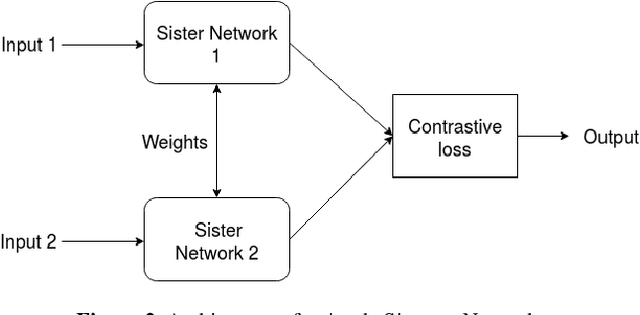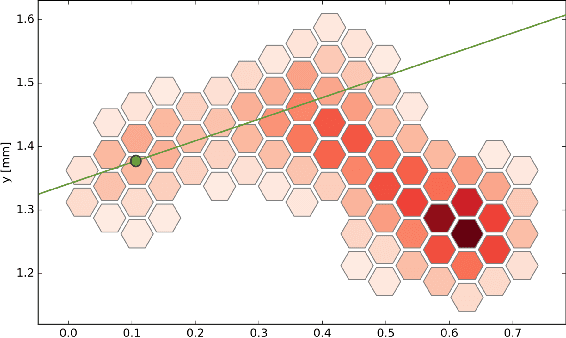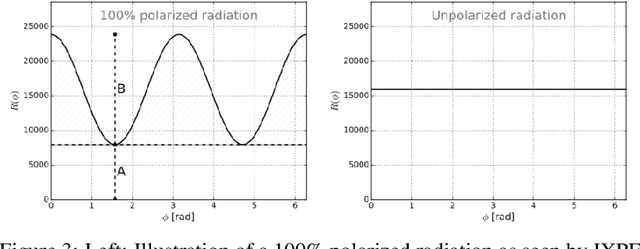Ashwin Samudre
Symmetry-Based Structured Matrices for Efficient Approximately Equivariant Networks
Sep 18, 2024Abstract:There has been much recent interest in designing symmetry-aware neural networks (NNs) exhibiting relaxed equivariance. Such NNs aim to interpolate between being exactly equivariant and being fully flexible, affording consistent performance benefits. In a separate line of work, certain structured parameter matrices -- those with displacement structure, characterized by low displacement rank (LDR) -- have been used to design small-footprint NNs. Displacement structure enables fast function and gradient evaluation, but permits accurate approximations via compression primarily to classical convolutional neural networks (CNNs). In this work, we propose a general framework -- based on a novel construction of symmetry-based structured matrices -- to build approximately equivariant NNs with significantly reduced parameter counts. Our framework integrates the two aforementioned lines of work via the use of so-called Group Matrices (GMs), a forgotten precursor to the modern notion of regular representations of finite groups. GMs allow the design of structured matrices -- resembling LDR matrices -- which generalize the linear operations of a classical CNN from cyclic groups to general finite groups and their homogeneous spaces. We show that GMs can be employed to extend all the elementary operations of CNNs to general discrete groups. Further, the theory of structured matrices based on GMs provides a generalization of LDR theory focussed on matrices with cyclic structure, providing a tool for implementing approximate equivariance for discrete groups. We test GM-based architectures on a variety of tasks in the presence of relaxed symmetry. We report that our framework consistently performs competitively compared to approximately equivariant NNs, and other structured matrix-based compression frameworks, sometimes with a one or two orders of magnitude lower parameter count.
Data-Efficient Classification of Radio Galaxies
Nov 26, 2020



Abstract:The continuum emission from radio galaxies can be generally classified into different classes like FRI, FRII, Bent, or Compact. In this paper, we explore the task of radio galaxy classification based on morphology using deep learning methods with a focus on using a small scale dataset (~ 2000 samples). We apply few-shot learning techniques based on Siamese Networks and transfer learning techniques using a pre-trained DenseNet model with advanced techniques like cyclical learning rate, discriminative learning to train the model rapidly. We achieve a classification accuracy of over 92% using our best performing model with the biggest source of confusion being between Bent and FRII type galaxies. Our results show that focusing on a small but curated dataset along with the use of best practices to train the neural network can lead to good results. Automated classification techniques will be crucial for upcoming surveys with next generation radio telescopes which are expected to detect thousands of new radio galaxies in the future.
Inferring astrophysical X-ray polarization with deep learning
May 16, 2020



Abstract:We investigate the use of deep learning in the context of X-ray polarization detection from astrophysical sources as will be observed by the Imaging X-ray Polarimetry Explorer (IXPE), a future NASA selected space-based mission expected to be operative in 2021. In particular, we propose two models that can be used to estimate the impact point as well as the polarization direction of the incoming radiation. The results obtained show that data-driven approaches depict a promising alternative to the existing analytical approaches. We also discuss problems and challenges to be addressed in the near future.
 Add to Chrome
Add to Chrome Add to Firefox
Add to Firefox Add to Edge
Add to Edge